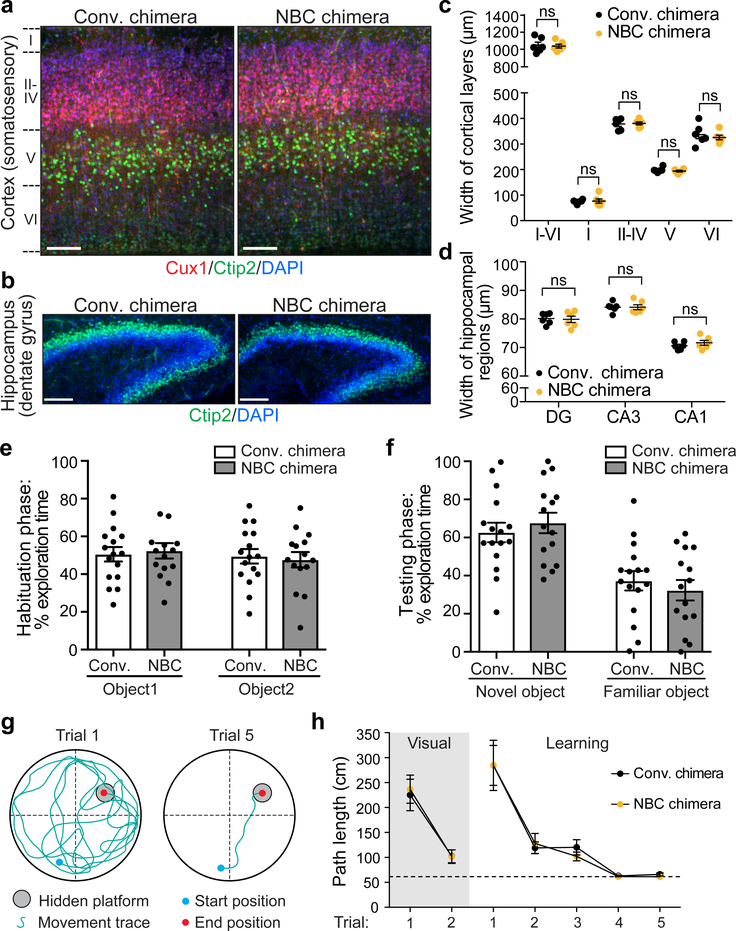Figure 3. Brains of NBC mice are structurally and functionally normal.
a, Representative images of somatosensory cortex sections from six independent, P7 NBC and conventional chimeras. Layers (L) II-IV (Cux1; red), L V (Ctip2; green), and nuclei (DAPI; blue) are shown. Scale bars, 100 μm. b, Representative images of hippocampal sections from six independent, P7 NBC and conventional chimeras stained for Ctip2 (green) and DAPI (blue). Scale bars, 100 μm. c, Somatosensory cortex layer widths in P7 conventional (black dots) or NBC (orange dots) chimeras (n=6 mice each). d, Widths of P7 dentate gyrus (DG), CA3, and CA1 regions in conventional or NBC chimeras (n=6 mice each). Horizontal bars in c and d indicate mean ± SEM; ns, not significant, P>0.05 (unpaired, two-tailed t test). See also Extended Data Figure 4. e, No significant difference in percentage of total exploration time spent on object 1 vs. object 2 during habituation phase of novel object recognition (NOR) task in conventional and NBC chimeras. f, Significant preference for the novel object in male 2-month-old conventional (n=15) and NBC (n=14) chimeras. Data represent mean ± SEM; conventional chimera: novel vs. familiar, P=0.0051; NBC chimera: novel vs. familiar, P<0.0001 (one-way ANOVA, Tukey’s post hoc correction). g, Schematic of MWM task. h, Mean path length (± SEM) to platform for conventional (black dots) or NBC (orange dots) chimeras in visual and learning trials. Dotted line indicates minimum possible path length to platform. No significant difference between male 2-month-old conventional and NBC chimeras (n=16 mice each) in visual [F(1,30)=0.052, P=0.822] or learning trials [F(1,30)=0.041, P=0.841] (two-way mixed model ANOVA). Path length across learning trials was significantly different indicating both groups had learned the task [F(1.393,41.787)=34.57, P<0.0005] (two-way mixed model ANOVA with Greenhouse-Geisser correction for violation of sphericity). See also Extended Data Figure 6.

